
Features
Equipment
Sawmilling
Tech Update: Scanners and optimizers in 2020
CFI shares the newest scanning and optimization technologies available for mills in 2020.
October 23, 2020 By Canadian Forestry Staff Report
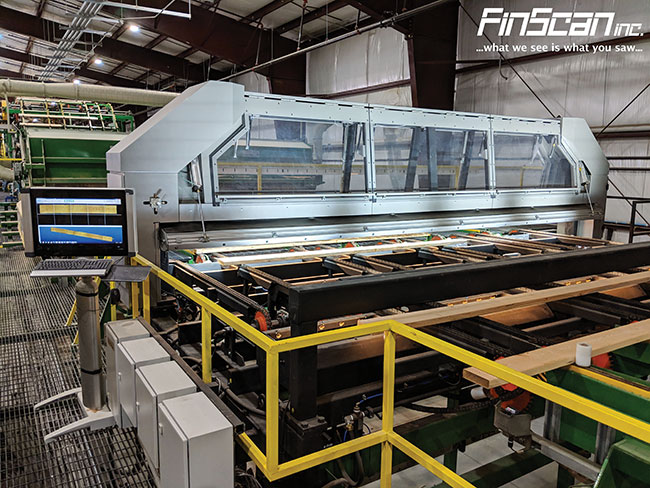
FinScan
BoardMasterNOVA is a non-turning auto-grading scanner for sawmills and planer mills. Complete analysis of green and dry boards can be performed in 10 different directions, including accurate defect detection and reliable optimization results. It supports WWPA, NLGA and ALS grading rules for dimensional lumber, common grades, clear cut components and shop grade. BoardMasterNOVA also has comprehensive graphical reporting tools.
espoo.microtec.eu
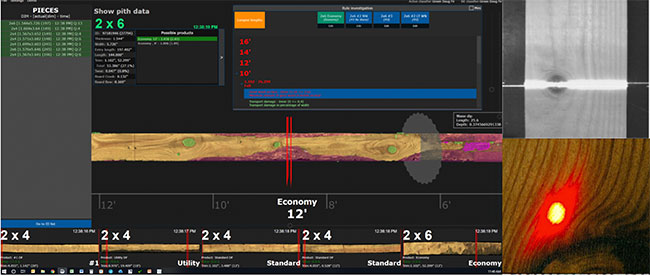 Raptor Integration Inc.
Raptor Integration Inc.
Raptor offers custom scanning and control system solutions for logs and lumber. Raptor employs an array of technologies (x-ray, vision and lasers) throughout the sawmill and planer mill to determine the highest grade and value. The control systems complete the process by managing orders, tracking production and automating the machinery.
www.raptorint.ca
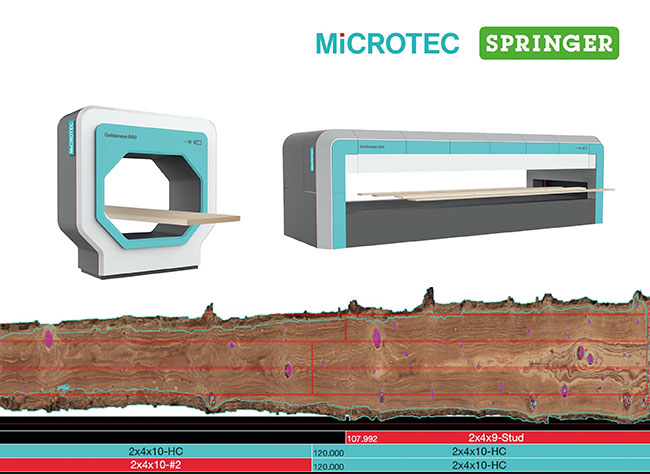 Microtec
Microtec
The Microtec Goldeneye 600/900 scanner family now delivers full biological defect scanning and optimization for high speed board edgers, in both lineal and transverse infeeds. Upgrading to biological defect-based edger optimization provides both increased value and reduced trim loss. The Goldeneye 600 Lineal and 900 Transverse series edger scanners feature integrated deep learning artificial intelligence defect detection; high-resolution geometric, vision, and x-ray options; and full optimization of centerline/edge knots, through-shake, wane, pitch and other grade relevant defects. Whether lineal or transverse, both top and bottom faces are scanned, so no wane-up orientation is required.
www.microtec.eu/en
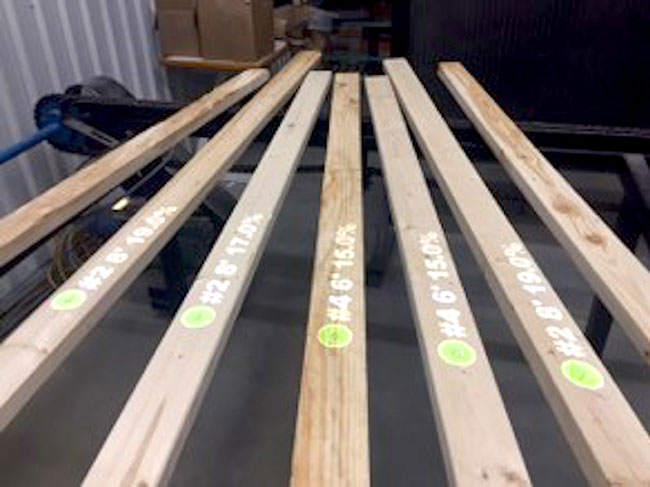 VAB Solutions
VAB Solutions
In 2019, VAB introduced its newest innovation, the Pointer Projector Solution (PPS). Offered with VAB’s lumber scanners/graders and mounted on the AirBoard Tracker, the PPS projects relevant information on boards for the mill operator and quality controller in real-time, so they can simultaneously visualize the grading process and achieve quality control tests. Mill staff can visualize in real-time the board lengths, moisture content percentage, the grade, the board ID, downgrade reasons, etc., and achieve and save quality control tests in seconds.
www.vab-solutions.com
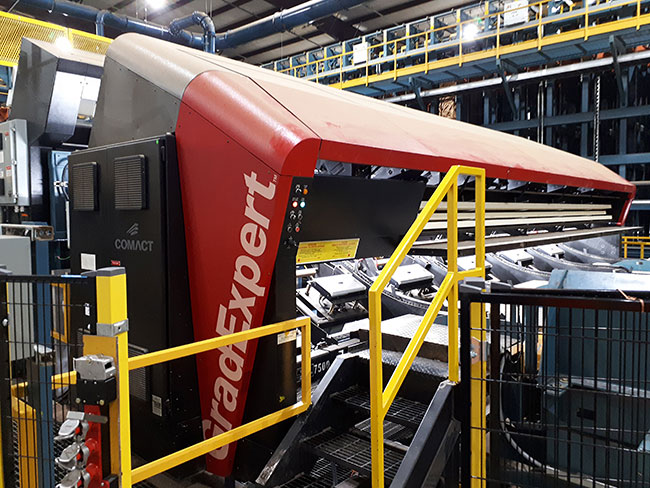 BID Group
BID Group
The wood processing industry is in the midst of the fourth industrial revolution. BID Group’s Comact team has combined its optimization software with artificial intelligence (AI) to create the next innovations in optimization performance: the GradExpert with AI. This results in high accuracy of defect and species identification – up to 100 times faster than generic algorithms – improved grading, and more.
www.bidgroup.ca
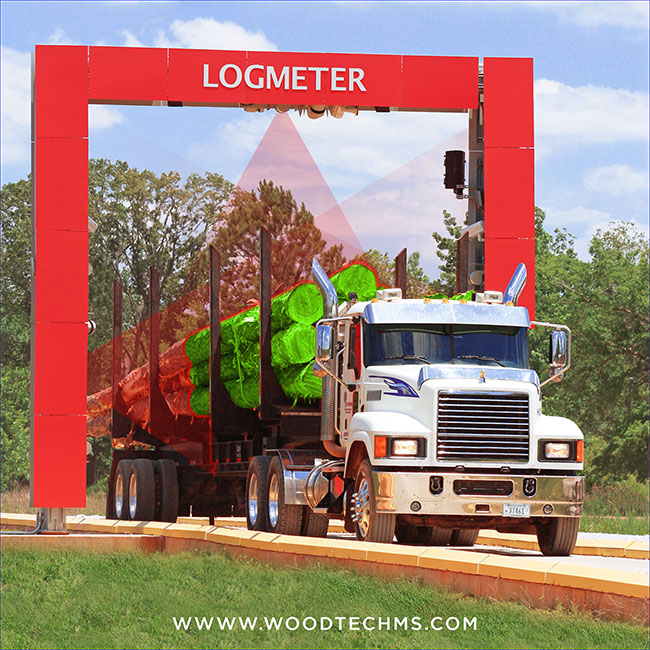 Woodtech Measurements
Woodtech Measurements
Logmeter is an automatic scanning system that measures and inspects in real-time logs loaded on trucks at the entrance of the mill to control the quality and real value of purchased logs. In less than two minutes, Logmeter scans every single load arriving at the mill and delivers with high accuracy biometrics characteristics such as lengths, tops, butts, and sweep. Predefined reports with detailed information on characteristics of each load, automatic defects, and visual defects help improve the procurement process.
www.woodtechms.com
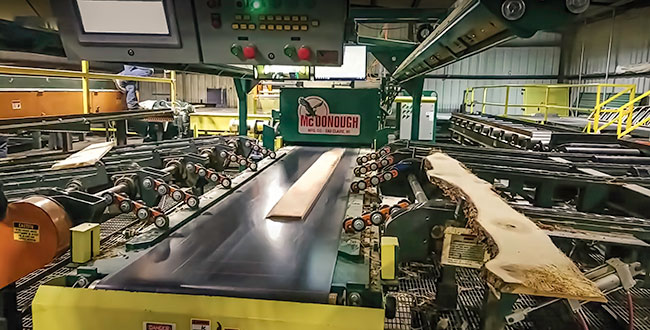 JoeScan
JoeScan
A new version of JoeScan’s JS-25 X6B scan head has found a home providing fast and accurate scans for short-infeed edgers. The new X6B-30 device features a shorter stand-off but still provides excellent size and shape data with just 16 centimetres of board travel. Mills are now able to optimize recovery with lineal edgers in places where they previously did not have the space for a traditional lineal scan system.
www.joescan.com
Autolog
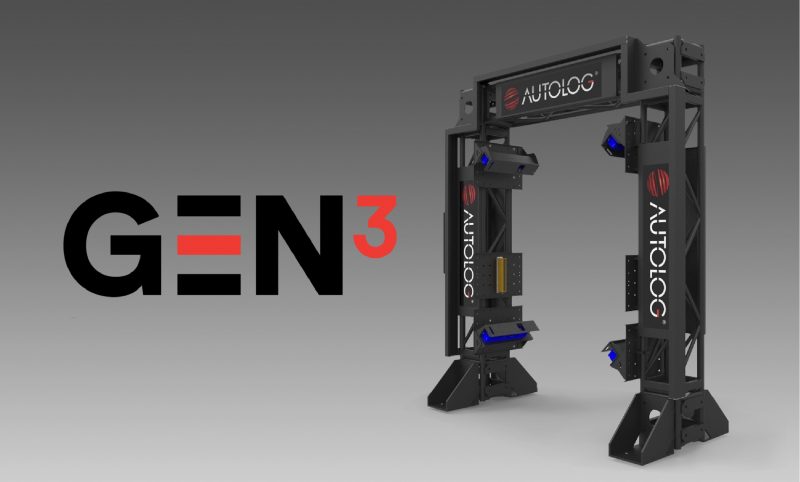
Autolog, a leader in vision, optimization and automation, launched its GEN3 Log Optimizer solution to the sawmill industry last year. GEN3 is more than just a new buzz word, it is a new way to build software. GEN3 software is built on a state-of-the-art architecture using all the best practices in software development. It offers better performance, enhanced tools and simulation features as well as a rich user interface for all types of optimized primary log breakdowns. Here are a few key examples of what their solution can offer: Scan density up to ½-inch.; line speed up to 1,000 ft. per minute; can replicate any curve sawing from a downstream machine; offers an easy comparison tool to analyze multiple simulation results; and live simulation: compare side to side solutions from live production logs optimized with different parameters
www.autolog.com
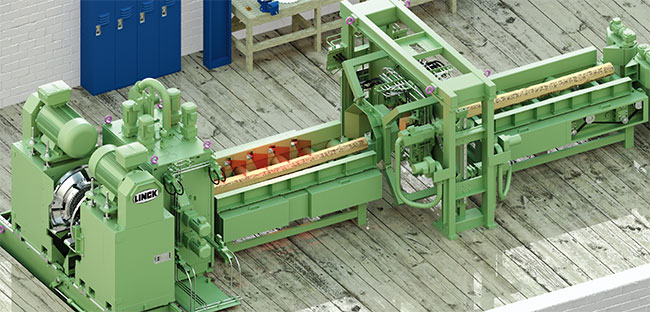 LINCK
LINCK
The LINCK 6 scanner allows the accurate scanning of the cant curvature. The cant movement is automatically recognized and reliably filtered out by the evaluating software during the measuring process. This results in a precise 3D-profile even if the cant was moving during the scanning process due to vibrations or other influences. The scanner can be installed right behind a machine, as it is able to efficiently recognize and correct even significant movements such as cant centering. This means the overall length of a sawline can be reduced. This scanner can also be integrated into existing sawlines where available solutions could not be installed due to lack of space.
www.linck.com
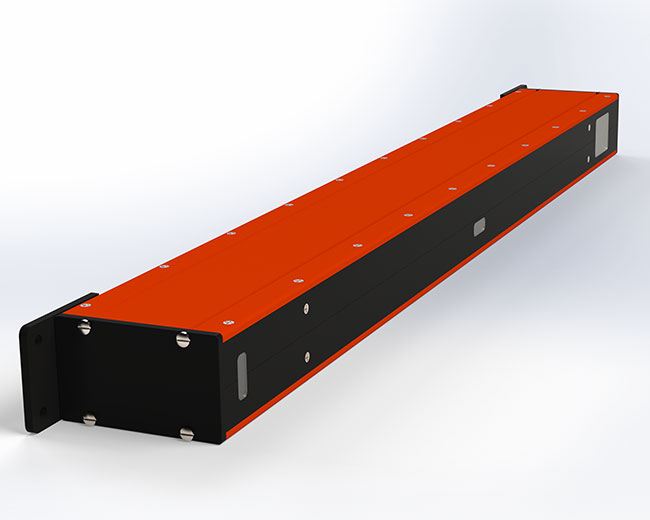 ScanMeg
ScanMeg
Scanmeg’s TS5 is the new generation of 3D laser line sensors. With Scanmeg’s innovative technique, the product can operate in all types of light whether natural or artificial. No longer having to hide from the sunlight, block windows or close doors, the TS5 is the light at the end of the tunnel.
www.scanmeg.com
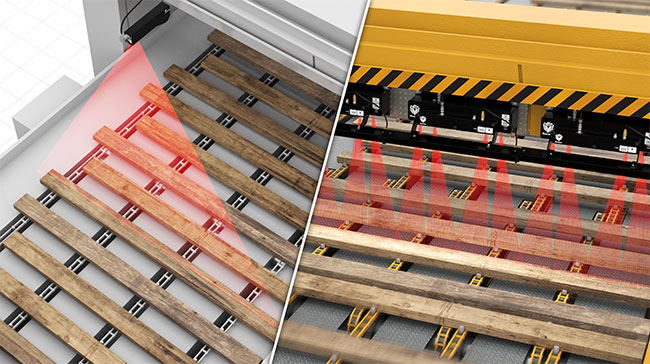 LMI Technologies
LMI Technologies
LMI Technologies’ Gocator 200 series multi-point profile scanners offer an innovative solution for wood optimization. Modular design allows operators to combine models to create a custom scanning system. Mix 3D profiles, tracheid detection, and colour vision capability running at up to 300 feet per minute in transverse board scanning applications with resolutions down to 0.3 feet and high-speed 3D profiling at up to three kHz for advanced 3D shape and surface defect detection. LMI also recently released the new Gocator 2490 two metre field-of-view line profiler for ultra-wide scanning in transverse board scanning applications.
www.lmi3d.com
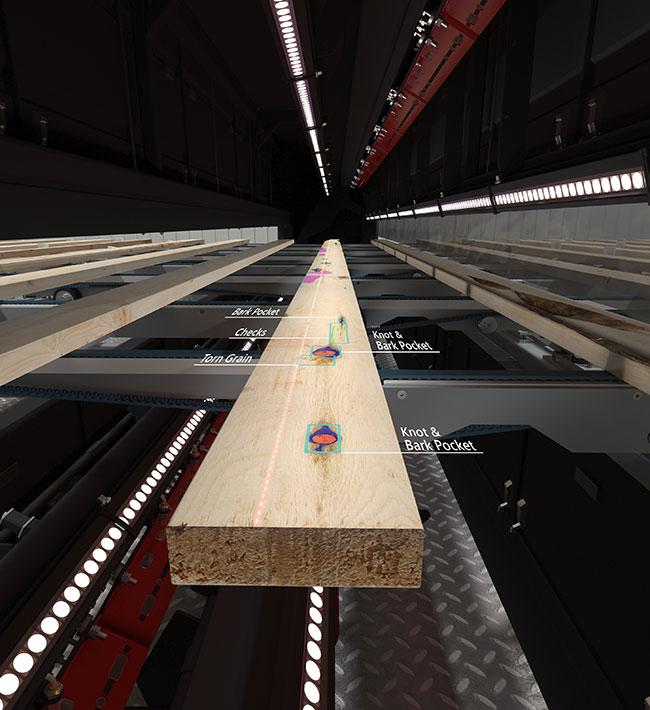 USNR
USNR
USNR’s Deep Learning Artificial Intelligence achieves a new level of defect detection that makes grading solutions more accurate and more profitable. Installed on over 60 systems to date, Deep Learning helps start-ups progress faster so production can be resumed quicker. Deep Learning AI is applied across all of USNR’s auto-grading platforms including the THG and LHG planer grading systems, BioVision sawmill edger and trimmer grade optimizers, and the AddVantage chop and rip optimizer.
usnr.com
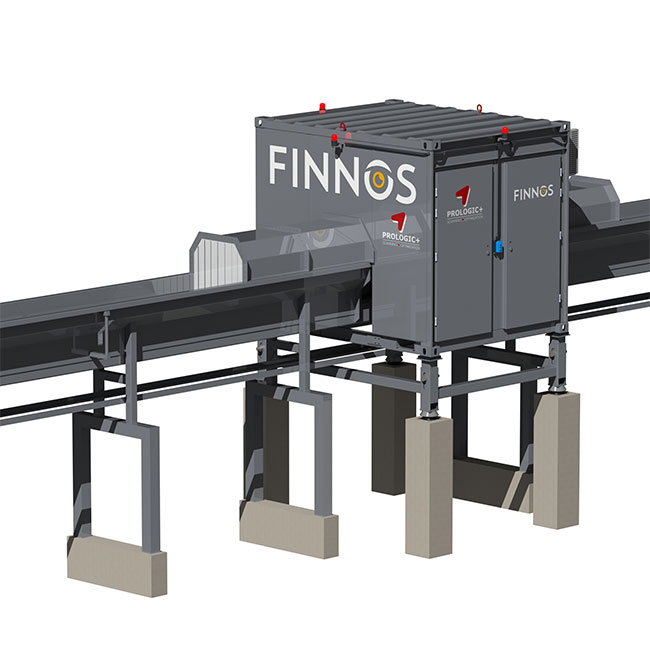 Prologic+
Prologic+
Prologic+ is joining forces with Finnos. Finnos specializes in X-ray scanners; Prologic+ specializes in log optimization and TrueShape scanners. This new collaboration has allowed both companies to join forces to create the ProX-Ray Scanner. Whether it is for detecting rot inside logs/stems or sorting logs for MSR qualities or to consider the log’s internal characteristics in the optimized solution, the new ProX-Ray can do it all. This scanner can be used on log merchandiser systems, log sorters and sawlines.
www.finnos.fi/en
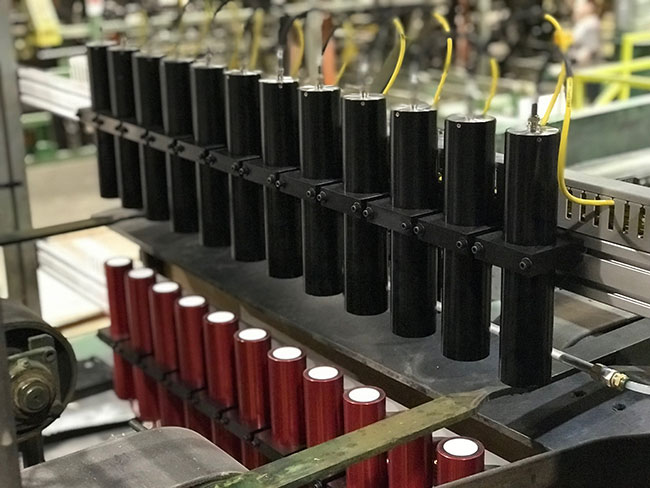 Airstar
Airstar
High-performance blow detectors have a superior signal-to-noise ratio, which allows for a true 90-degree sensor position with a penetration through all engineered wood products up to 10 inches thick. That guarantees the detection of very small defects. The high-density multi-channel system offers up to 100 per cent full volumetric coverage. Airstar Crack Detector detects checking-type defects in hardwood and softwood as well as finger jointing defects.
www.airstar1.com
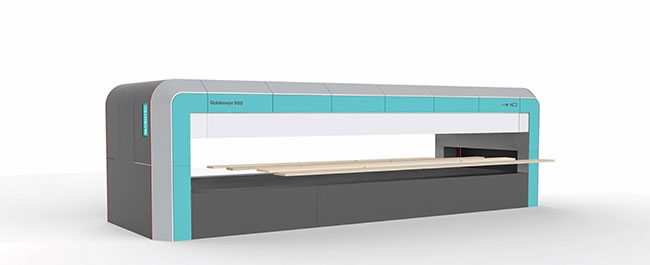 Lucidyne
Lucidyne
The Goldeneye 900 transverse scanner determines the overall quality of green, dry, or planed lumber in one pass from all four sides. Because the boards do not have to be turned, the scanner only requires a single scan frame width. The Lucidyne GradeScan remains the flagship scanner, running in over 65 planer mills throughout North America and Australia, using the patented Deep Learning AI Perceptive Sight platform. Together with Microtec, Lucidyne will continue its tradition of technological advancements.
www.lucidyne.com
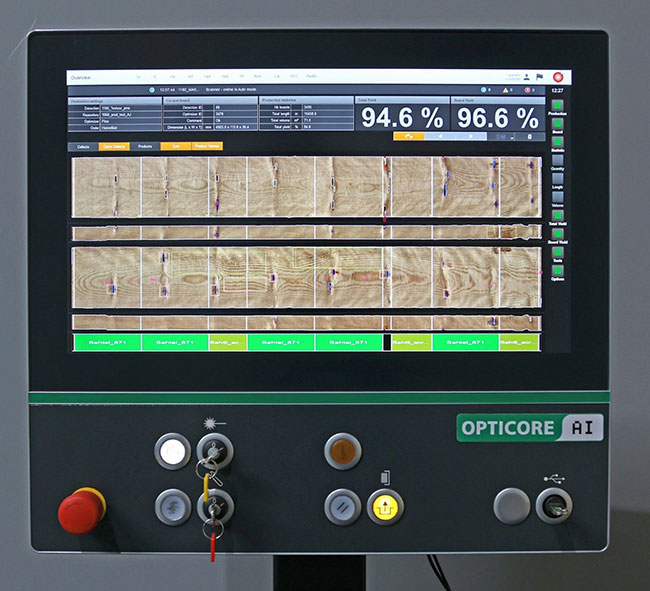 Weinig
Weinig
Wood is a very complex material and standard algorithms can hardly reproduce the intuitive mechanisms of a human brain when recognizing timber characteristics. Deep learning, on the other hand, uses advanced capabilities of neural networks to mimic brain processes. Scanners can therefore be trained to recognize defects like a human brain. Deep learning models can be quickly set up and retrained to include new features. This artificial intelligence technology brings more precision in defect detection, higher material yield, reduced waste for environmental sustainability and increased profitability.
www.weinig.com
Print this page